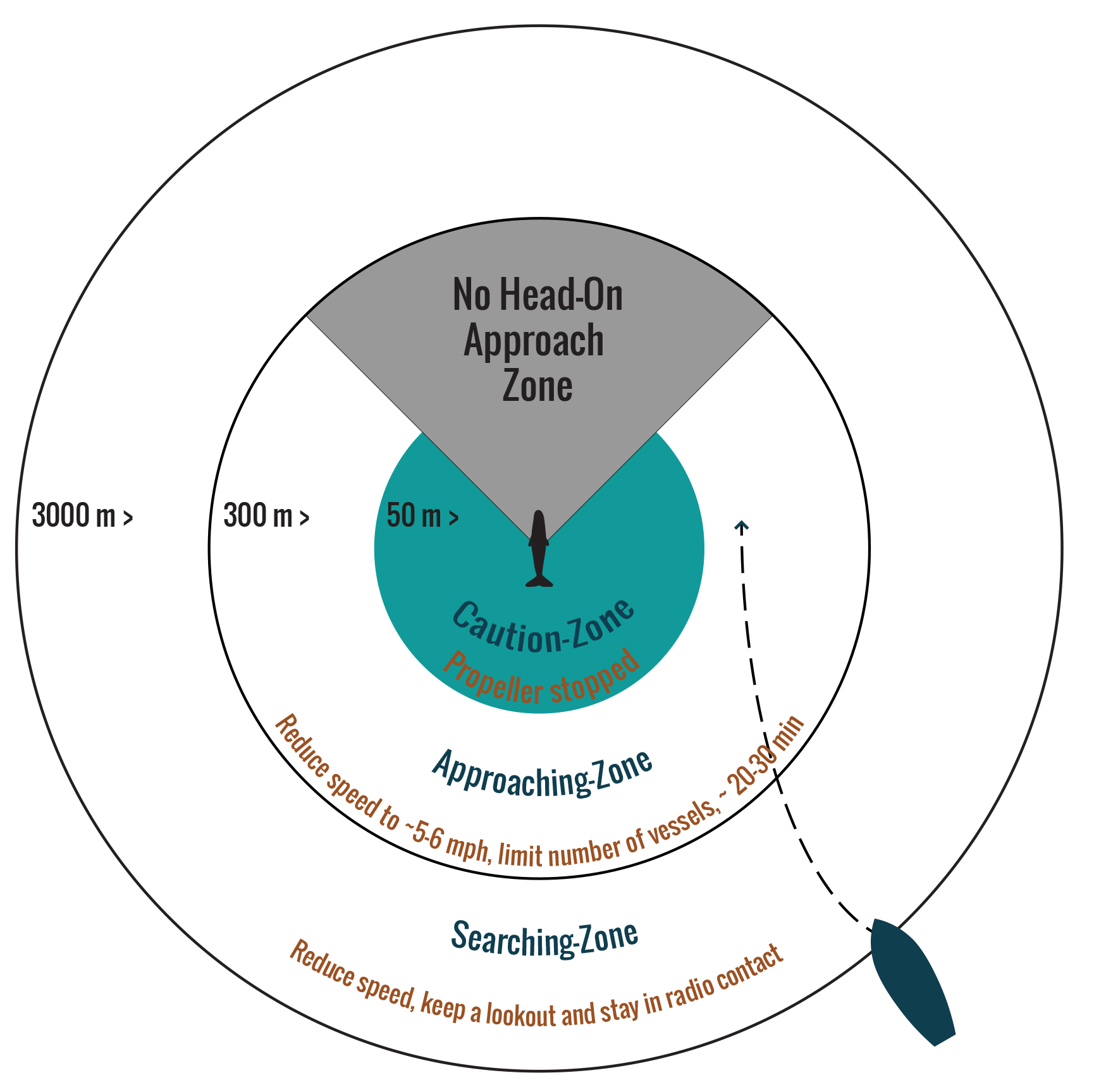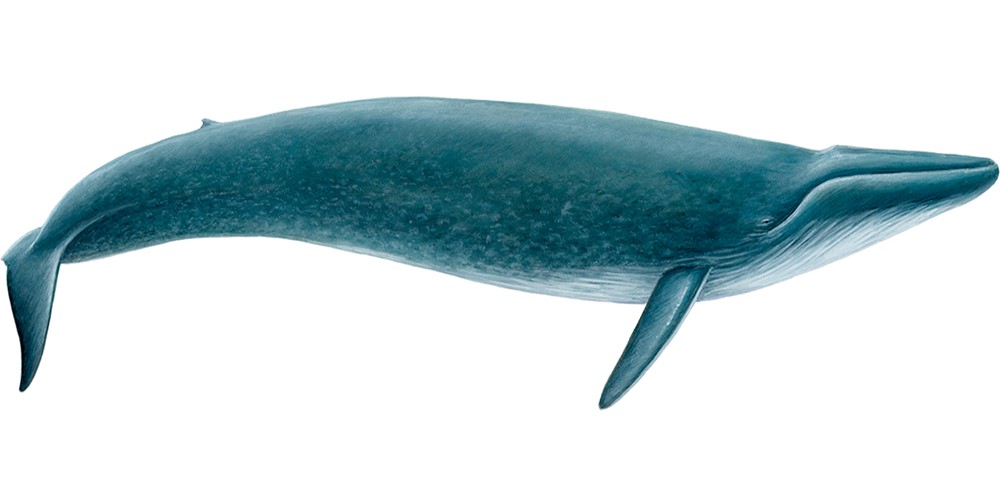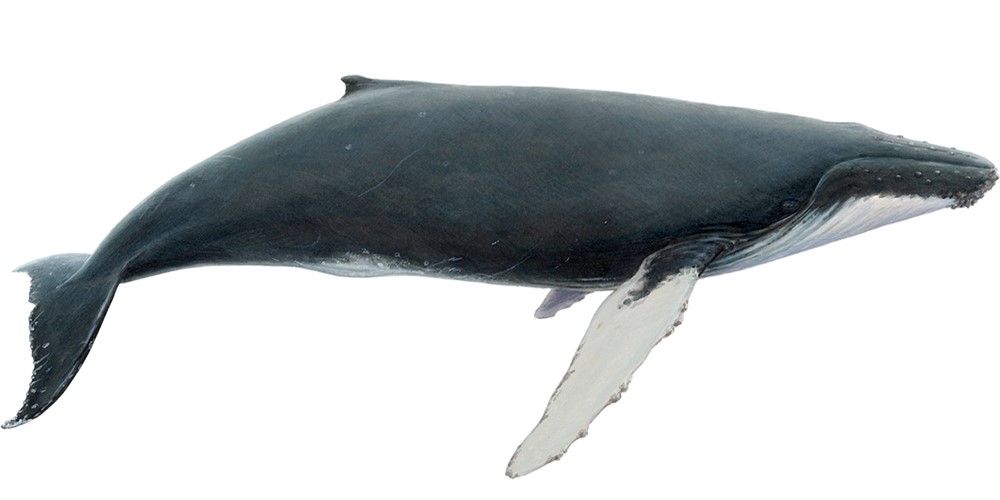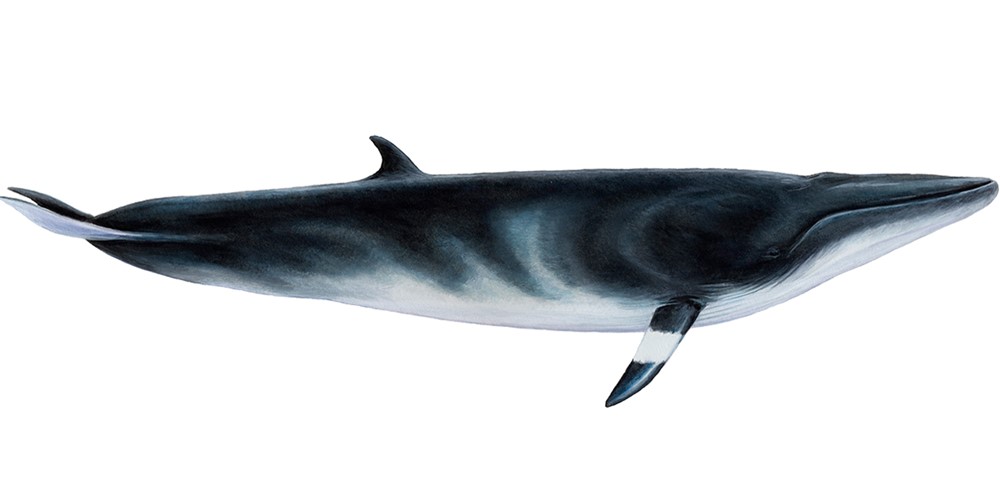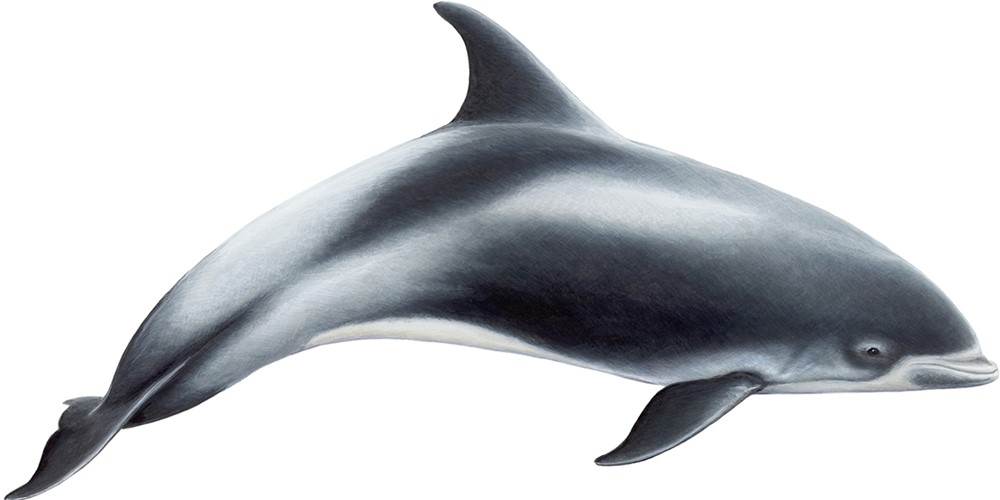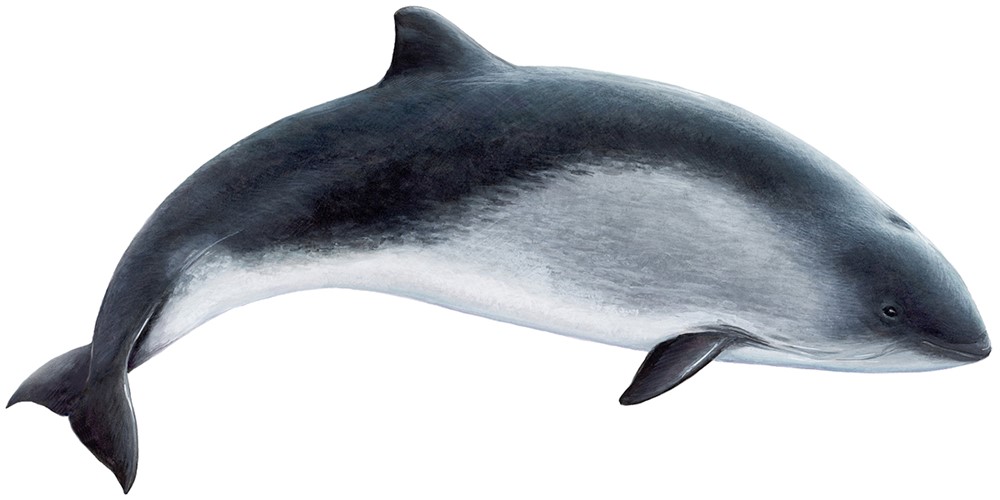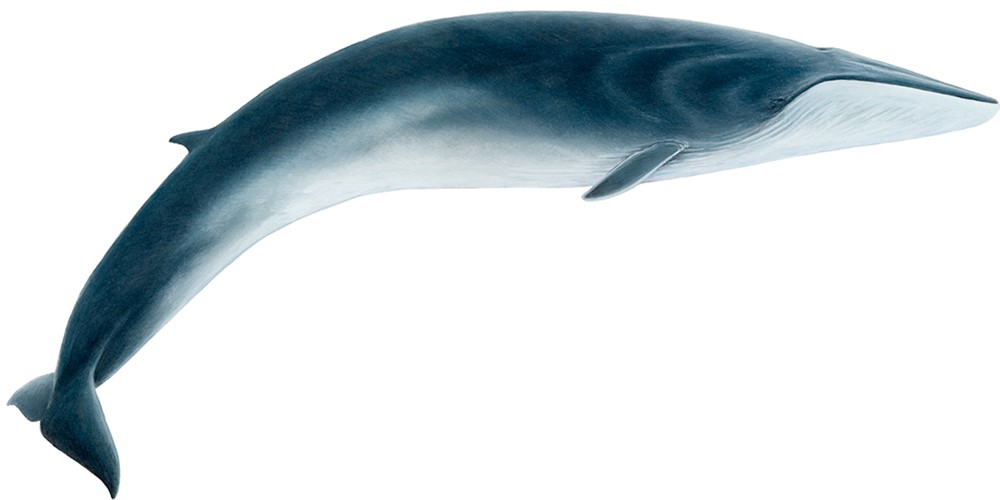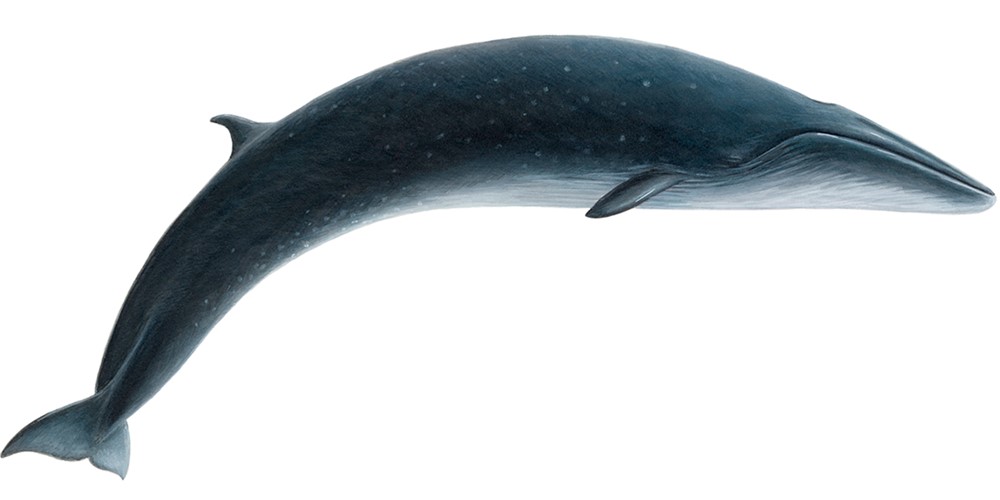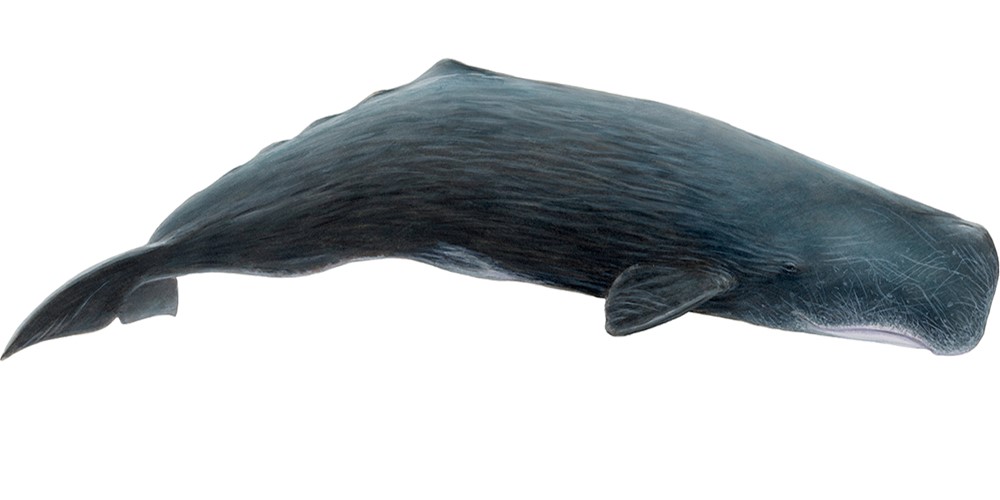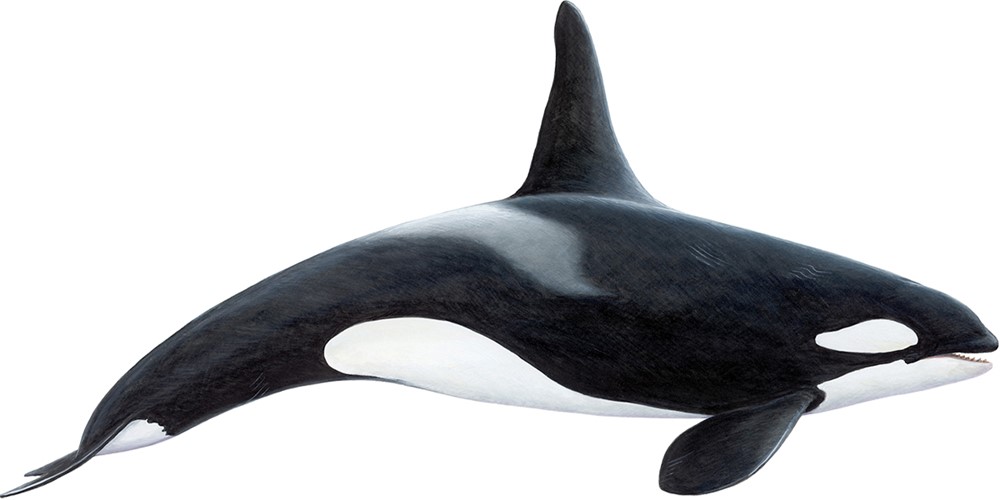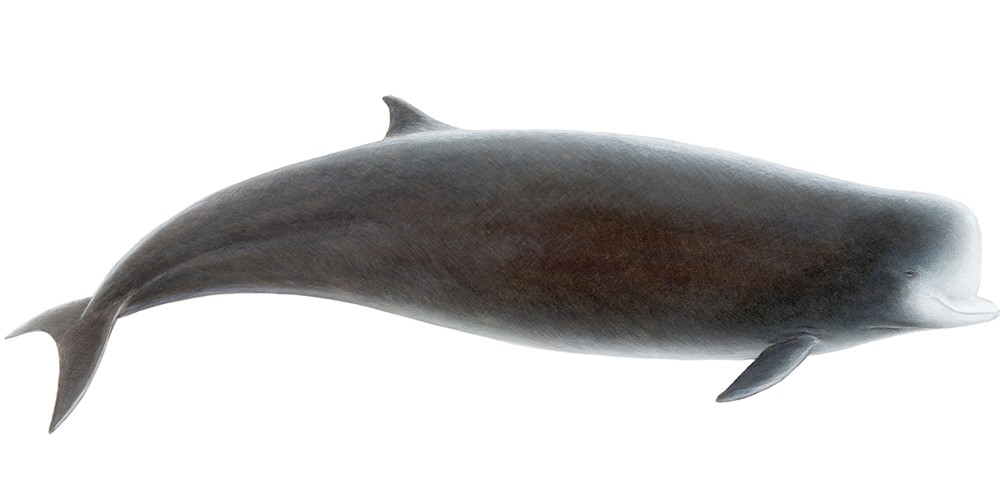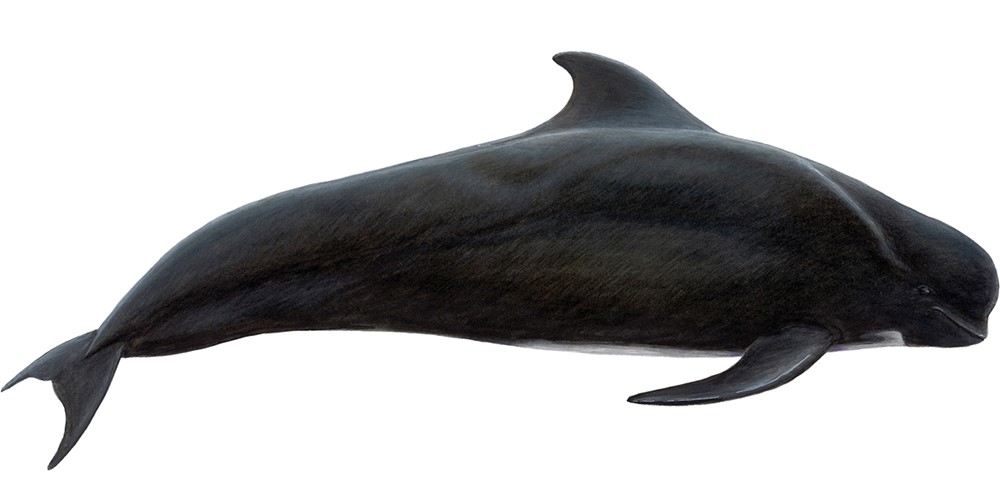Wildlife
HÚSAVÍK – THE WHALE CAPITAL OF ICELAND
Husavik is a charming fishing village in the Northeast of Iceland, just some 50 km south of the Arctic Circle. This small lovable town is situated along the coastline of picturesque Skjalfandi Bay and offers breathtaking views of the surrounding Cheek Mountains and the pristine waters of the bay. Known as the whale watching capital of Iceland, Husavik has become a popular tourist destination over the years.
Visitors can embark on a breathtaking journey out on Skjalfandi Bay to watch the gentle giants of the ocean in their natural habitat, surrounded by untouched nature.
During season, some of the largest animals on our planet can be found in the waters of the bay, such as the minke whale (Balaenoptera acutorstrata), humpback whale (Megaptera novaeangeliae) and even the largest animal ever to have lived on Earth, the blue whale (Balaenoptera musculus). Along that, also dolphins are sighted frequently.
The area is evenly great for birdwatchers as it attracts a variety of seabirds and migratory bird species during the summer months, most famously of course the puffin (Fratercula arctica). These clowns of the sea nest on Puffin Island (Lundey), which is less than five nautical miles away from Husavik harbour.
Once across the bay, but only a short boat ride away, lies the paradise of Flatey Island. A truly hidden gem, this island is a unique pearl of nature, a heritage, which provides home to over 30 different migratory bird species during summer and invites its visitors to experience pure nature combined with remarkable cultural history.
Common Whale Sightings in Skjálfandi Bay, Húsavík, Iceland
Occasional Whale Sightings in Skjálfandi Bay, Húsavík, Iceland
Common Whale Surface Behaviours


Supporting Academic Research
Gentle Giants has good cooperation with the University of Iceland's Research Centre in Húsavík, offering our boats as a platform for marine biology research. Feel free to ask about their research if you see them on board.
FAQ – Frequently Asked Questions
All about the whales...
Are whales seen on all tours?
Our whale watching tours take place in wild nature, which is very unpredictable. The chances of seeing whales are very high, but sightings cannot be guaranteed. If no whales (dolphins included) are seen on the tour, passengers are welcome to join a GG1 Whale Watching tour free of charge, depending on availability. Passengers can get a voucher for a free GG1 Whale Watching tour that is valid for the passengers of the original booking. The voucher is valid on tours where availability and bookings in advance cannot be made. The voucher is valid unlimited. We do not refund tickets if no whales (dolphins included) are seen on the tour.
When is the best time to see whales?
Generally May to September are our most successful months. However, in recent years, April, October and November have also been successful with whale sightings.
There is no time of the day when we are more likely to see the whales. They come and go and the situation in the bay can change very fast. Sometimes we see many whales, sometimes few. Nature is unpredictable and no two tours are exactly the same – every trip is a new adventure.
Which are the most common whales in Skjálfandi Bay?
The most common whale species are harbour porpoise, white-beaked dolphin, minke whale, humpback whale and blue whale.
How close do we get to the whales?
The crew of Gentle Giants is trained to follow the Code of Conduct for responsible whale watching set by IceWhale, the Icelandic Whale Watching Association:
"We have to remember that these are wild animals and to enjoy them for the future we need to show them patience and respect. We will try to get you close but how close we get is always on the animal’s terms as we aim to minimize disturbance."
Sometimes, whales approach our boats by their own means, other times they prefer to stay a bit further away. This is wild and unpredictable nature in which the animals are the directors of the show!
Are dolphins considered a whale sighting?
Yes, dolphins are in fact part of the whale family:
All whales, dolphins and porpoises are classified as cetacean species. Cetacea derives from the Greek word for whale, ketos. Within the order of the Cetacea are two suborders: baleen whales and toothed whales.
Dolphins belong to the toothed whales.
For more answers and information, visit our FAQ page!

